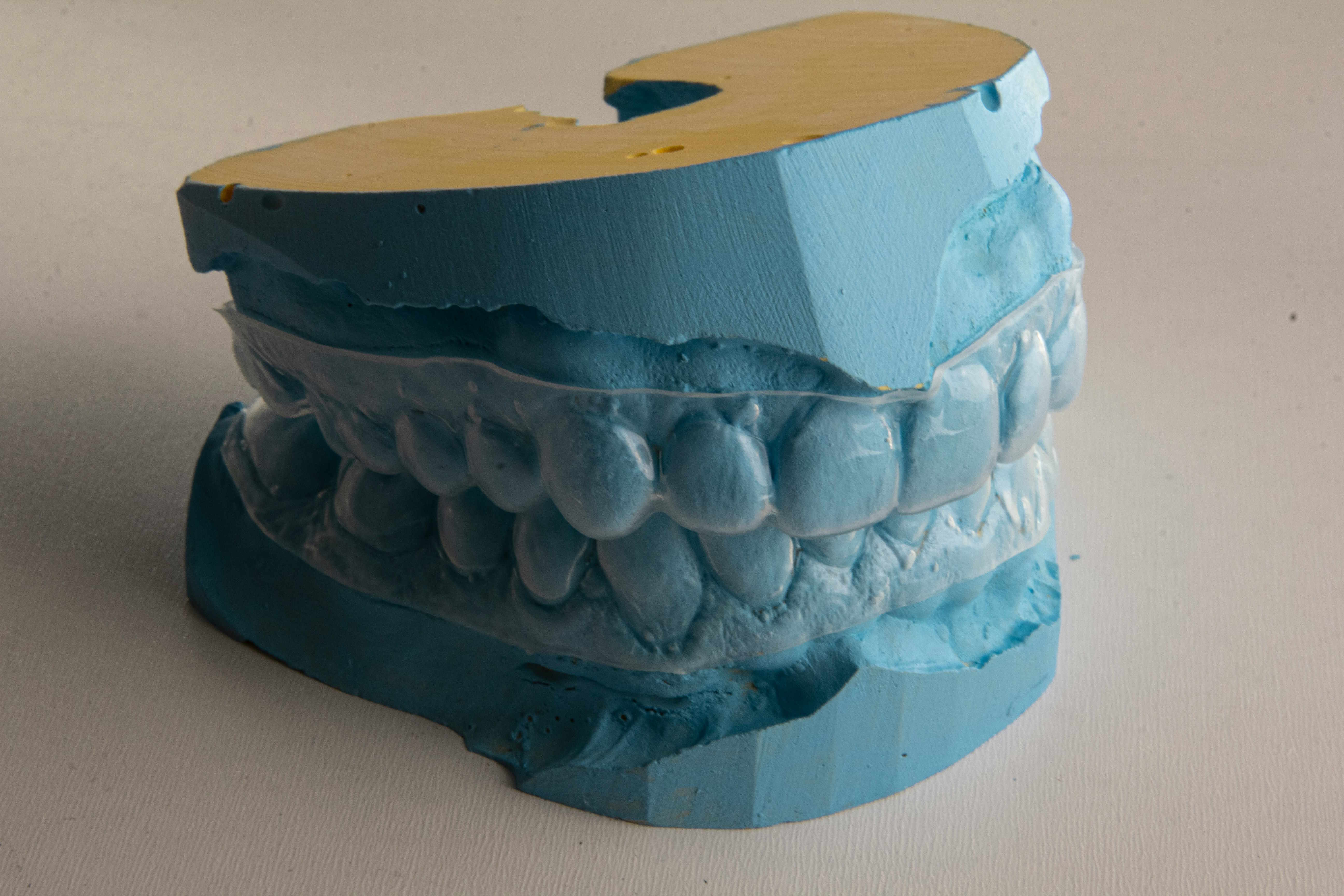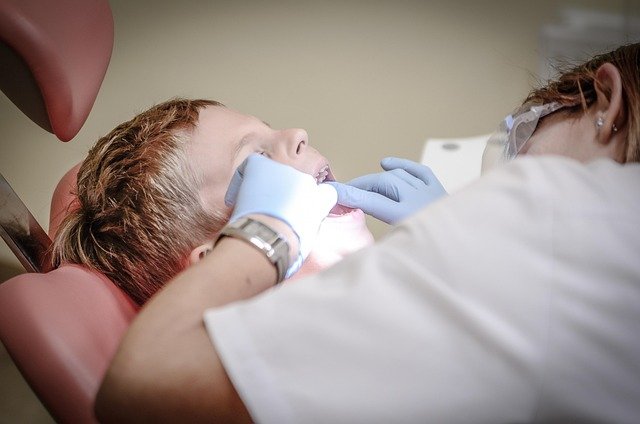Discover the Future of Dental Implants: Exploring Screwless Solutions
Modern dentistry is evolving, offering innovative alternatives like screwless dental implants. These newer systems aim to provide different benefits compared to traditional methods. This article explains how screwless implant technology works, its potential advantages, and what patients should consider when discussing restorative options with their dentist.

Dental implants have revolutionized restorative dentistry by providing patients with permanent solutions for missing teeth. While traditional screw-retained implants have been the standard for decades, technological advancements have introduced screwless alternatives that are changing the landscape of dental restoration. These innovative systems offer new possibilities for both dental professionals and patients seeking effective tooth replacement options with improved aesthetics and functionality.
What Are Screwless Dental Implants?
Screwless dental implants represent an evolution in implant dentistry that eliminates the need for visible screws to secure the prosthetic tooth to the implant base. Instead of using screws that require access holes in the crown, these systems utilize alternative connection methods such as friction-fit mechanisms, locking tapers, or magnetic attachments. The implant itself still integrates with the jawbone through osseointegration, but the way the restoration attaches to the implant differs significantly from conventional methods.
These innovative systems typically feature a two-piece design with an implant body that fuses with the bone and an abutment that connects to the prosthetic tooth. The connection between these components is engineered to provide stability without screws, often utilizing precision-milled components that create secure connections through perfect fit rather than mechanical fasteners.
Why Are Screwless Implants Becoming a Popular Choice?
The rising popularity of screwless implants can be attributed to several factors that address limitations of traditional screw-retained systems. First, they eliminate the need for screw access holes that can compromise the aesthetics and structural integrity of the final restoration. This is particularly beneficial for front teeth where appearance matters most.
Dental professionals are increasingly recommending screwless options because they can simplify the restoration process. Without the need to precisely align screw access channels or manage potential screw loosening issues, dentists can focus on achieving optimal aesthetics and function. Patients appreciate these systems for their seamless appearance and the knowledge that there are no screws that might potentially loosen over time.
Additionally, screwless designs often distribute forces more evenly across the restoration and implant interface, potentially reducing stress concentration that can lead to component failure or bone loss around the implant site.
How Do Screwless Implants Work?
Screwless dental implant systems function through various innovative connection mechanisms. One common approach uses a precisely engineered tapered connection where the abutment is seated into the implant body with a specific amount of force, creating a cold-welding effect. This locking taper creates a bacterial-sealed connection that remains secure without screws.
Another method employs snap-fit connections where the components lock together through carefully designed retention features. These systems often incorporate specialized tools for placement and removal that ensure proper seating without damaging the components.
Some advanced screwless systems utilize internal friction retention where the abutment is held in place by the precise fit between components, sometimes enhanced by retention grooves or other geometric features. The prosthetic tooth is then cemented or bonded to this abutment, creating a restoration that appears and functions like a natural tooth without visible access holes.
The Key Benefits of Screwless Dental Implants
Screwless implant systems offer several advantages that make them attractive options for both patients and clinicians. The absence of screw access holes means improved aesthetics, particularly important for anterior restorations where even small discolorations from metal screws can compromise appearance. This design also preserves more of the crown material, potentially enhancing strength and durability.
From a clinical perspective, these systems can simplify the restoration process. The elimination of screw-related complications such as loosening, fracture, or difficulty achieving proper torque values streamlines both the initial placement and long-term maintenance. Many screwless systems also feature connections designed to reduce bacterial infiltration at the implant-abutment junction, potentially decreasing the risk of peri-implantitis and other complications.
Patients benefit from restorations that more closely mimic natural teeth in both appearance and function. Without screw access channels that need to be filled with composite materials (which can wear differently than porcelain), the occlusal surface maintains its integrity better over time, providing a more natural chewing experience.
Comparing Screwless and Traditional Dental Implants
When evaluating implant options, understanding the differences between screwless and traditional systems helps in making informed decisions based on individual needs.
| Feature | Screwless Implants | Traditional Screw-Retained Implants |
|---|---|---|
| Aesthetics | No visible access holes | Requires access holes that may be visible |
| Retrievability | May be more difficult to remove | Easily retrievable by unscrewing |
| Maintenance | Generally lower maintenance | May require periodic screw tightening |
| Cost | Often higher initial investment | Usually more economical initially |
| Stress Distribution | More even force distribution | Potential stress concentration around screws |
| Prosthetic Options | Limited to compatible systems | Wide variety of prosthetic options |
Prices, rates, or cost estimates mentioned in this article are based on the latest available information but may change over time. Independent research is advised before making financial decisions.
While screwless implants typically come with a higher initial price point (ranging from $3,000 to $5,000 per implant depending on location and provider), many patients find the aesthetic and functional benefits justify the investment. Traditional screw-retained implants generally cost between $2,000 and $4,000 per implant but may incur additional maintenance costs over time due to potential screw-related complications.
It’s important to note that screwless systems may not be ideal for all clinical situations. Cases requiring frequent prosthetic adjustments or those with limited interocclusal space might still benefit from traditional screw-retained options. The decision ultimately depends on factors including the patient’s anatomical considerations, aesthetic expectations, budget constraints, and the dentist’s experience with different implant systems.
Dental implant technology continues to evolve, with screwless systems representing one of the most significant advancements in recent years. These innovative solutions address many limitations of traditional implant designs while maintaining the core benefits of implant-based tooth replacement. As research progresses and manufacturing techniques improve, we can expect further refinements that make screwless implants even more accessible and effective for a wider range of patients seeking long-term solutions for missing teeth.
This article is for informational purposes only and should not be considered medical advice. Please consult a qualified healthcare professional for personalized guidance and treatment.




